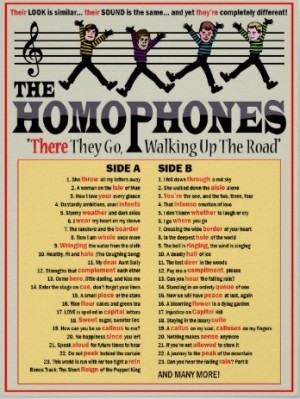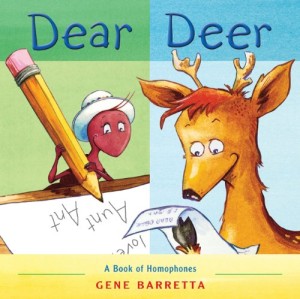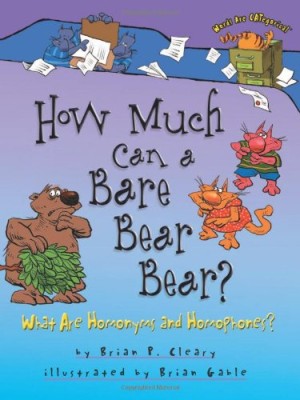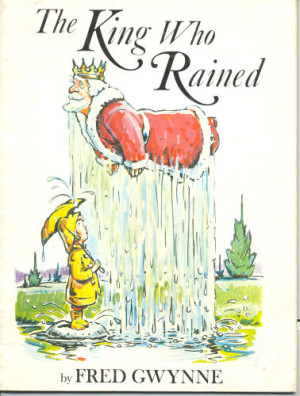Homophones and homographs sometimes share characteristics, but there are some key differences between them that can help you to differentiate between the two.
Here’s an explanation:
Homophones
These are words that have the same pronunciation but have a different meaning.
Homographs
These are words that have the same spelling but have a different meaning.
Examples
A good example that helps to show both the similarities and differences between the two is the word ‘rose.’
A rose can be a flower that you give your loved one on Valentine’s Day, while it can also be what happened to bread in the oven if you’d added yeast.
Rose and rose have the same pronunciation but different meanings, so they’re homophones. As they have the same spelling, they’re also homographs.
That all changes if you add ‘rows‘ into the mix though (‘rows’ as in what you might do in a boat)…
Rose and rows are pronounced in the same way but have different meanings, so both of them are homophones. However, as they aren’t spelled in the same way, they’re not homographs.
Make sure you check out our complete homophones list.



